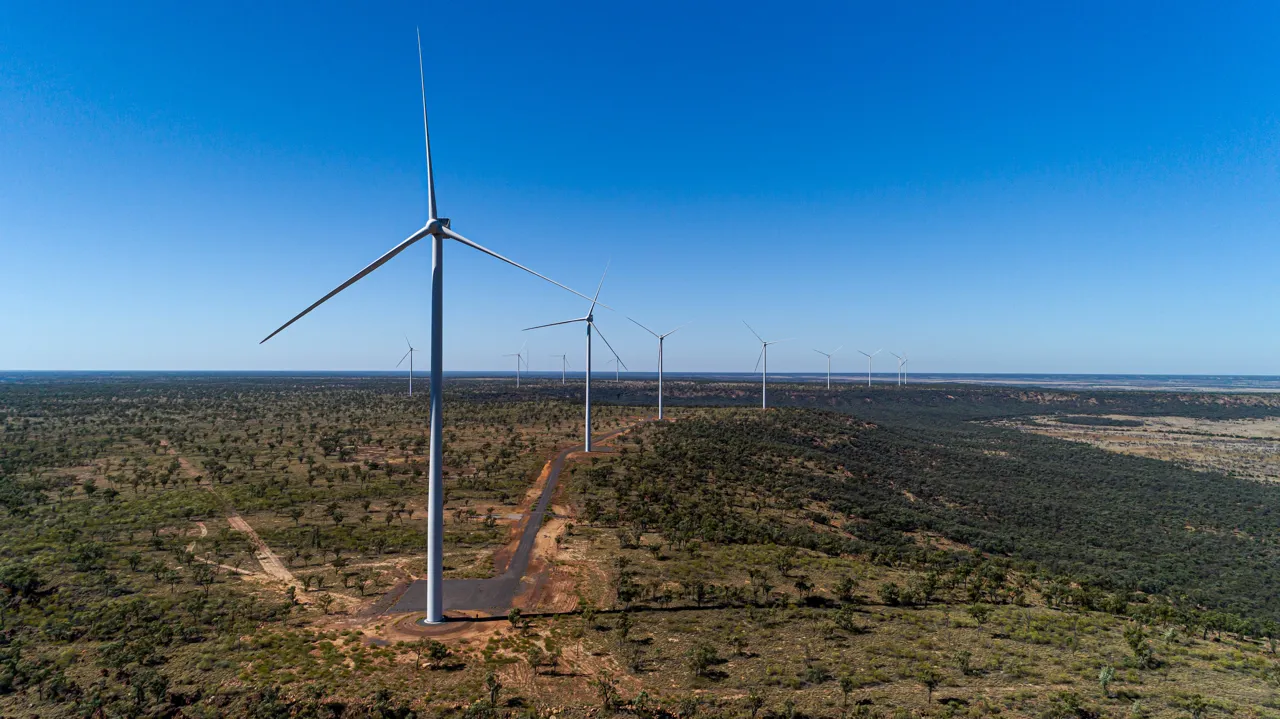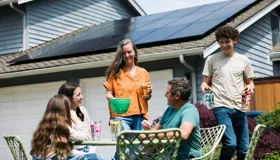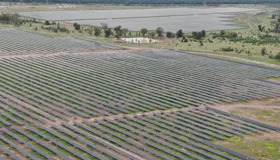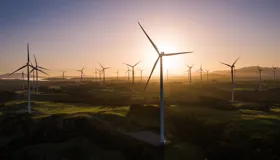
Kennedy Energy Park first to combine solar wind and storage
Hybrid paves the way for increased renewables
Australia’s first fully-integrated wind, solar and battery project, Queensland's Kennedy Energy Park, takes advantage of complementary wind and solar resources to supply clean energy to the grid and demonstrates the potential for further hybrid generators.
$94 million
CEFC commitment
1st
hybrid financing
Clean energy
for remote location
“Kennedy remains one of the most ambitious renewable energy projects to be delivered in the NEM, overcoming challenges that were unimaginable at the outset to establish a facility that will be a model for energy parks long into the future.”Stephen PanizzaChair, Kennedy Energy Park
Our investment
The CEFC committed $94 million to Kennedy Energy Park in 2017 in a landmark transaction that represented a unique hybrid financing.
Kennedy, which is jointly owned by Windlab and Erus, combines 43 MW of wind, 15 MW of solar and a 2 MW/4MWh battery storage system behind a single grid connection point and within a single facility near Hughenden in northwest Queensland.
Windlab developed Kennedy Energy Park to take advantage of the unparalleled potential of complementary wind and solar resources identified using CSIRO technology.
The natural benefits of the site mean it can deliver high levels of solar energy throughout the day and strong wind generation in the evenings, creating a reliable around-the-clock generation profile. The addition of battery storage provides increases grid stability, delivering the benefits of cheaper, cleaner electricity closer to the point of generation.
The project, which is supplying energy to the grid, is expected to deliver lifetime emissions abatement of almost 3 million tCO2-e, generating enough electricity to power more than 30,000 average homes each year.
Queensland Government-owned CS Energy has contracted 100 per cent of Kennedy Energy Park’s offtake to support the decarbonisation goals of its large commercial and industrial retail customers.
our impact
Landmark financing demonstrates bankability
Kennedy Energy Park was the first utility scale project in Australia to combine renewable energy technologies with battery storage to optimise the amount of renewable energy generated and fed into the grid from the one location.
Financing three separate technologies on one site was a complex undertaking that had not previously been achieved in Australia.
In backing Kennedy, CEFC was the first sole debt financier to provide capital to deliver three separate renewable energy technologies behind a single grid connection point, and this provides a key, early transition example of how investment in innovation can ensure we realise the full potential of Australia's abundant renewable energy resources.Monique MillerCIO - Renewables and Sustainable Finance, CEFC
Trailblazing technology combination
The utility was the first truly hybrid clean energy project in the National Electricity Market. The process to combine technologies behind a single connection point established a body of industry knowledge to support similar innovative projects in the future.
Generating benefits for Flinders Shire
A Community Benefit Fund adds $50,000 annually to the more than $20 million contributed to the regional economy through local employment, supply and procurement and community development initiatives during construction and through Windlab development activities in the region.
In 2022, Windlab became the Platinum Sponsor of the annual Hughenden Rugby 7s competition, leveraging its connection with shareholder Tattarang to deliver a free rugby clinic to local children with the stars of the Western Force Super Rugby and Super W teams.
Windlab also supports regional events including the Prairie Races and the Hughenden Show, and supports of the Hughenden Chamber of Commerce as a member of the local business community.1




